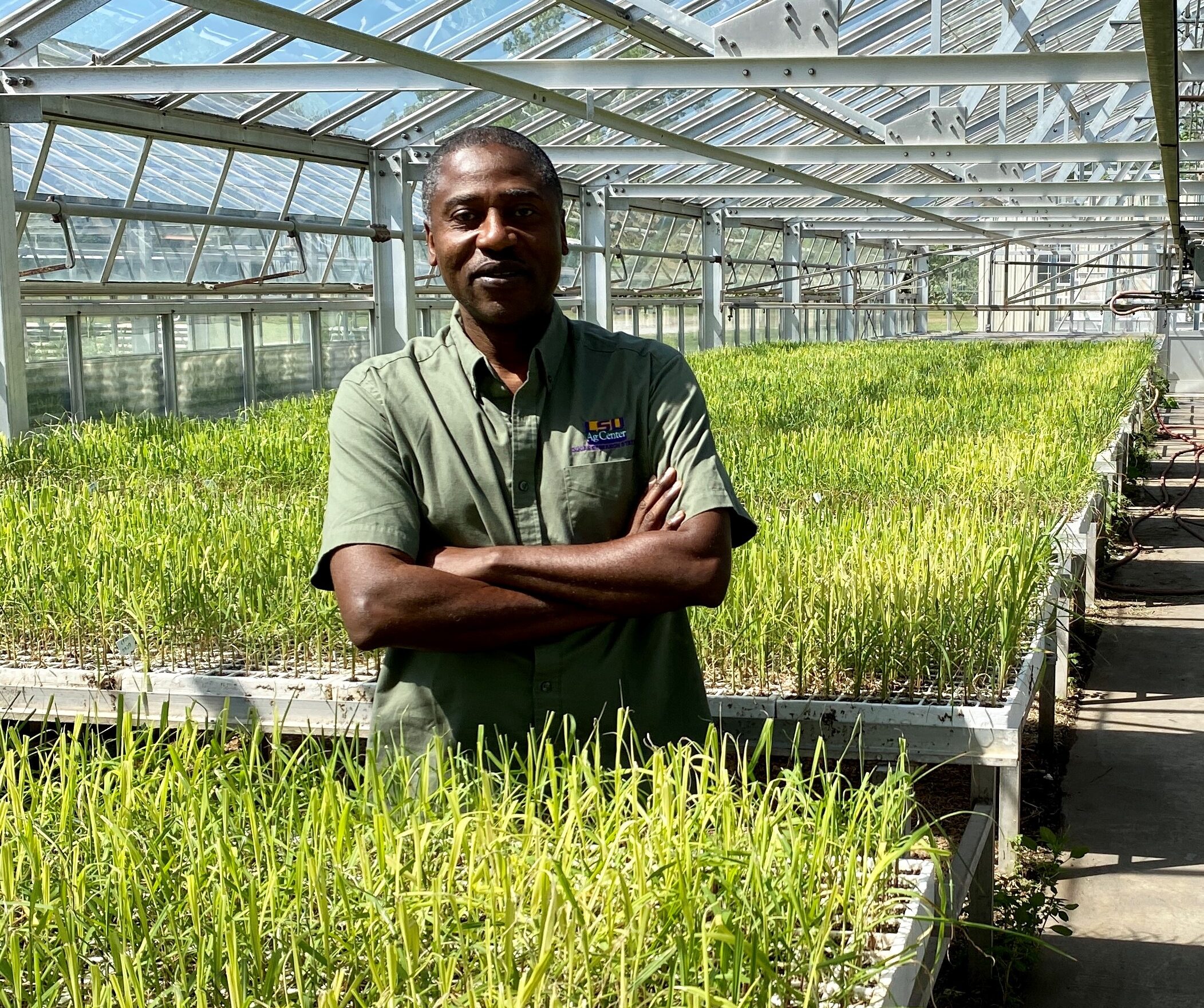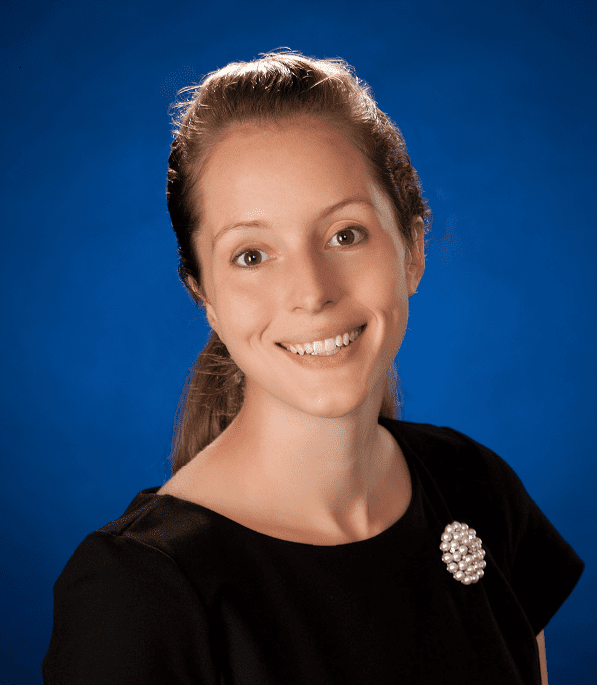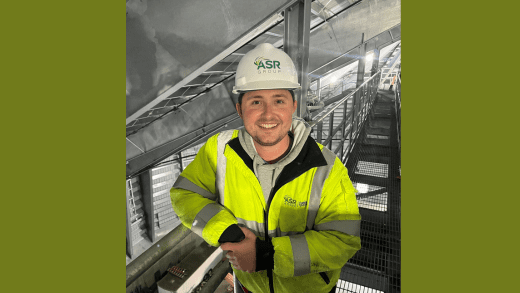“It’s an innovative industry which has allowed it to last for well over 200 years. Through research and innovation, the industry was able to survive and has continued to thrive well into the 21st century,” Dr. Collins Kimbeng.
Sugar cane has taken Dr. Collins Kimbeng, a plant breeder at the Louisiana State University (LSU) AgCenter, on an exciting journey around the world. In addition to teaching classes in sugar cane breeding and genetics, Kimbeng helped develop two new sugarcane varieties in Australia, four new varieties in Louisiana, and has co-authored 77 publications in his field.
Kimbeng grew up on a palm oil and rubber plantation in Cameroon and has loved plants ever since.
“We would collect fruits from the oil palm trees and eat them raw, boiled or roasted,” Kimbeng said. “I also used the empty fruit bunch, which is the residue left over after the oil palm fruits are processed, as mulch in a pineapple garden I planted every year during the summer holidays.”
Kimbeng’s father, William “Willie” Kimbeng, was employed by the company that operated the plantations and worked with many plant breeders throughout his career.
“My initial interest in the field of plant breeding and genetics stemmed from my interaction at a very early age with the numerous expatriate plant breeders who came to Cameroon to work for the company,” Kimbeng said.
The Journey Begins
Kimbeng’s career path was influenced by the company’s need for more plant breeders to work at the plantations.
“I remember my dad remarking that plant breeders must be in very high demand because each time he hired one, some other company made them a better offer and they left as soon as they got there,” he said. “As naïve as I was at the time, the growing need to help my dad solve this problem motivated me to take an interest in plant breeding.”
After receiving a Bachelor of Science degree in botany and a master’s degree in plant breeding in Africa, Kimbeng headed to the United States to pursue a doctoral degree in plant breeding and genetics at the University of Wisconsin at Madison.
“I was fortunate to study under the guidance of Dr. Edwin Bingham, an alfalfa geneticist at UW-Madison. He was a great influence on my career,” he said. “Unlike corn, which is a diploid, meaning it has two sets of chromosomes, alfalfa is a polyploid with four sets of chromosomes. Inheritance and segregation of traits is a lot more complicated in polyploid species than in diploids. Modern cultivated sugarcane is a lot more complicated as the genome consists of two ancestral species, both polyploids.”
Kimbeng received his PhD in plant breeding and genetics from UW-Madison in 1996 and accepted a job offer in Queensland, Australia.
“My first job as a sugarcane breeder was with the Bureau of Sugar Experiment Stations in the city of Mackay,” he said. “My boss there, Mac Hogarth, remarked that my background in polyploid genetics made me an attractive candidate.”
Putting in the Work
While in Australia, Kimbeng helped produce two new sugarcane varieties after orange rust almost wiped out the dominant variety, Q 124.
Developing a new variety is a long process of cross-hybridization, evaluating the resulting new crop variants and selecting those with desirable trait combinations, according to Kimbeng.
“We then select the best among those and do a head-to-head comparison and evaluation with the best currently grown commercial varieties,” he said.
Kimbeng’s journey to Louisiana began when he met and married his wife Lucy while in Australia.
“Lucy was educated in Canada and wanted to move back to either Canada or the U.S.,” he said. “We came to the U.S., and I accepted a job with the LSU AgCenter.”
Louisiana Sugar Cane
Sugar cane production in Louisiana presents a unique set of challenges compared to other parts of the world, according to Kimbeng.

“Louisiana is in the most northern latitude in which sugarcane is grown. The growing season is seven to nine months, which is very short compared to 12 months in other tropical areas,” he said. “Also, the fear of plant-freezing temperatures before the cane is harvested compels growers to continue harvesting even under adverse weather conditions.”
Louisiana sugarcane breeders have overcome these challenges by producing varieties well-suited to this environment.
“Through crossbreeding with a wild relative of sugarcane, such as Saccharum spontaneum, breeders were able to incorporate genes for biotic and abiotic stress tolerance in Louisiana sugarcane varieties,” Kimbeng said. “Breeding and recurrent selection for early sugar led to varieties that accumulate sugar within a short period of time, as opposed to over a 12-month period, which is also a primary objective of our breeding program. Crossing of these varieties with those bearing genes from the wild relatives led to new genetically improved cultivars with high early sucrose, good stress tolerance and ratooning ability.”
Producing a new sugarcane variety is both the most challenging and satisfying part of being a plant breeder.
“Releasing a new variety for commercial use is very rewarding, especially when you have good data to back up your claims,” according to Kimbeng who feels sugar is unique and special in American agriculture because of its resilience.
“The ability to produce a healthy crop of tropical origin year in and year out in a subtropical environment is a testament to the resiliency of the Louisiana sugarcane industry,” he said. “It’s an innovative industry which has allowed it to last for well over 200 years. It was almost wiped out in the early 20th century when a disease called mosaic ravaged the industry. Through research and innovation, the industry was able to survive and has continued to thrive well into the 21st century.”
Advancement Through Technology
Kimbeng feels drone technology and artificial intelligence are part of the future of plant breeding and recently received a grant for drone research.
“One of the goals is to use artificial intelligence to measure traits not easily measured early in the selection cycle of sugarcane,” he said.
Kimbeng strongly encourages young people to also consider a career in plant breeding.
“The field requires some level of expertise in several disciplines,” he said. “When I received my training, DNA marker technology was just becoming popular. Today, genetics and genomics is part and parcel of plant breeding. Also, to be effective as a plant breeder, some knowledge of computer science, software development and database management, which are not traditionally included in the plant breeding curriculum, is needed.”





Get Social with #MoreToSugar